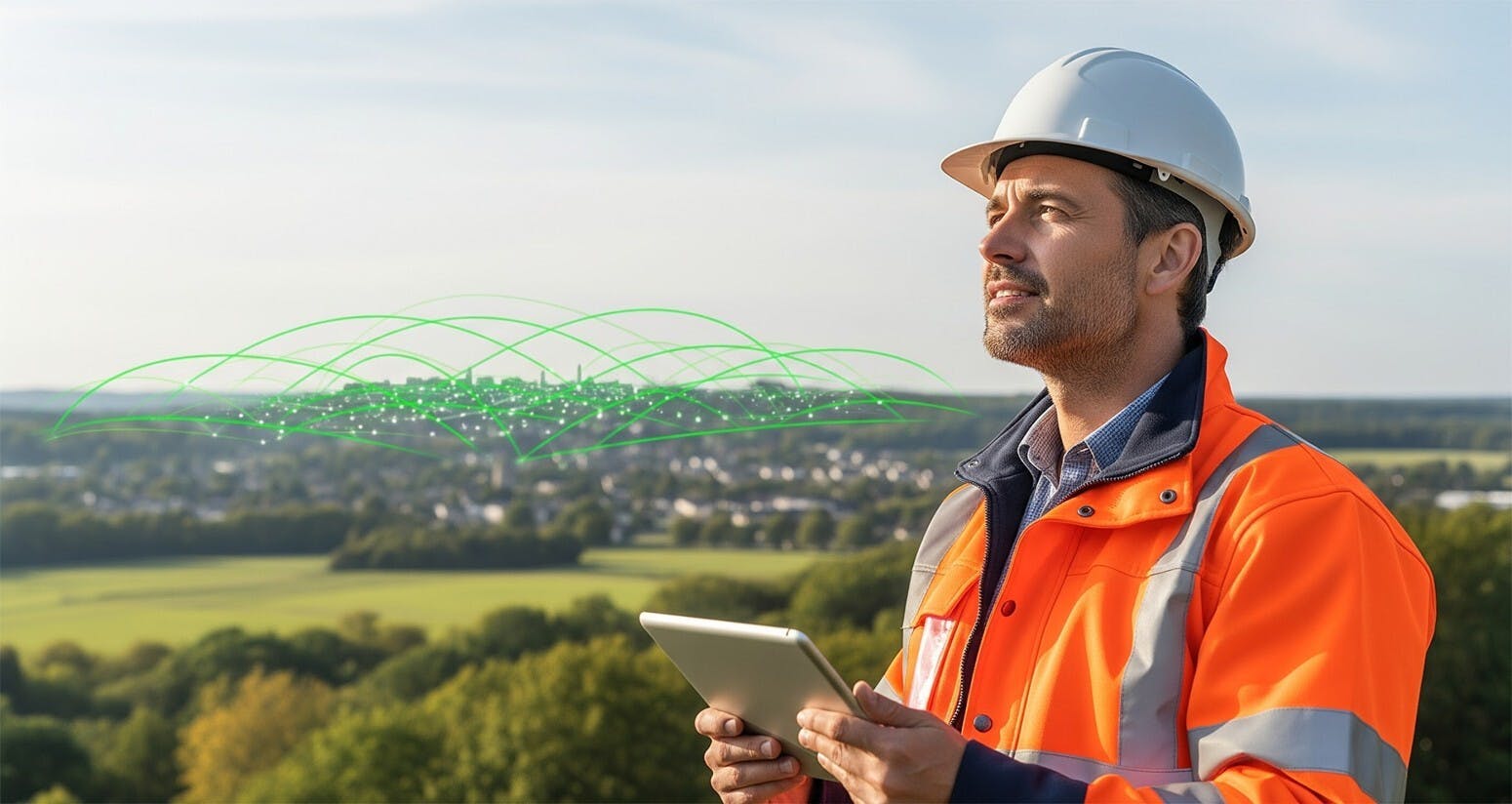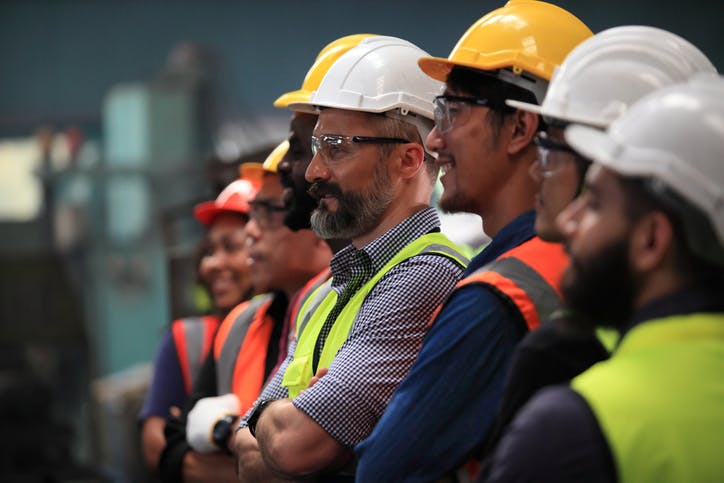Top-class Computer Vision research!
Today, we treat you with a list of the top 5 computer vision labs we selected for their research quality. Ranked in no particular order, these labs conduct cutting-edge research in computer vision and closely related areas.
In this article, we provide you with a general overview, but we suggest you discover their research more in-depth by looking at their websites.
If you want to know more about the scientific debate surrounding computer vision, you might want to refer to our previous blog posts about computer vision conferences and computer vision books.
Here are our top computer vision lab picks:
- MIT CSAIL Computer Vision Research Group
- Berkeley Artificial Intelligence Research (BAIR)
- CI2CV Computer Vision Lab
- Computational Vision at Caltech
- UCLA Vision Lab
MIT CSAIL Computer Vision Research Group
- Institution: Massachusetts Institute of Technology (MIT).
- Location: Cambridge, MA.
Computer Vision Research Group researchers study state-of-the-art systems to recognize objects, people, scenes, behaviors, etc. The group is part of the Computer Science and Artificial Intelligence Lab at MIT, which works at the intersection of different fields such as, among others, AI and Machine Learning, Graphics and vision, and Robotics. The main applications are in health-care, gaming, tagging systems, and more. With hundreds of running projects, the MIT Computer Vision Research Group is really at the edge of new research in the field.
Berkeley Artificial Intelligence Research (BAIR)
- Institution: University of California, Berkeley.
- Location: Berkeley, CA.
Research at the Berkeley Artificial Intelligence Research (BAIR) Lab focuses on the areas of computer vision, machine learning, natural language processing, planning, and robotics. In addition, they study multi-modal deep learning, human-compatible AI, in an effort to connect AI with other scientific disciplines as well as the humanities. If you want to know more about BAIR and their research, take a look at their blog, which is very rich in content and constantly updated with their latest innovations.
CI2CV Computer Vision Lab
- Institution: Carnegie Mellon University.
- Location: Pittsburgh, PA.
The CI2CV Lab conducts cutting-edge research in computer vision and machine learning. More specifically, the main research areas are mobile computer vision, model-based vision, the role of alignment and learning, and facial and physical behavior. CI2CV has published more than 100 papers. It is also developing seven live research and commercial projects.
Computational Vision at Caltech
- Institution: California Institute of Technology (Caltech).
- Location: Pasadena, CA.
As the name suggests, researchers at the California Institute of Technology study the computational foundations of vision. In fact, their research focuses on two main pillars. First, the creation of machine vision systems that can be applied in science as well as in business for consumer products, entertainment, etc. On the other hand, the Computational Vision Lab also investigates the human visual system, building experiments that try to develop explanatory models. As stated on their website, researchers at Caltech are now focusing mainly on visual recognition.
UCLA Vision Lab
- Institution: University of California, Los Angeles
- Location: Los Angeles, CA.
The UCLA Vision Lab focuses on building engineering systems that can interact intelligently with the environment, i.e., the surrounding space, the objects, and other agents involved. Vision, therefore, plays a major role in understanding how to collect, analyze, and interpret this information to make informed decisions and automate and control tasks. At Vision Lab, the applications of computer vision technologies are mainly centered around transportation, medicine, and entertainment. Check their publications on this webpage for a more detailed account of the Lab’s work.





